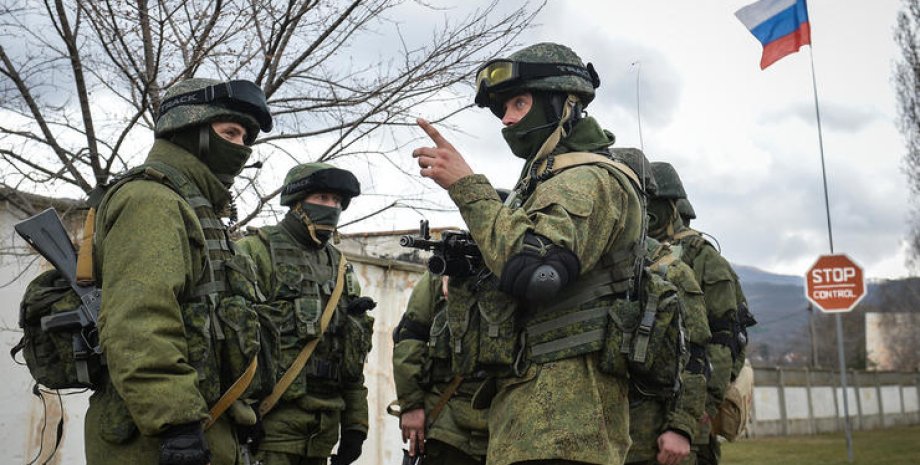
 By Natali Moss
By Natali Moss
About it writes "Institute of War Study" in the summary of March 28. In an interview with Western media, President Volodymyr Zelenskyy reported that they were building fortifications and defensive positions near Sumy in response to a significant increase in Russian forces in the neighboring Bryansk region and strikes in the Ukrainian settlements in the area.
Local authorities of Sumy region recently warned that the Russian Federation was conducting an information operation with a threat of a possible attack on the region, but noted that the Ukrainian authorities did not notice any Russian shock groups near borders. ISW analysts also did not show visual evidence that Russian troops concentrated in the Bryansk region to prepare for any significant military action.
In the coming months of the Armed Forces of the Russian Federation, they will probably be able to conduct a large -scale offensive operation in only one direction, and it is unlikely that Russian troops will prioritize any new front instead of operational areas, which have been concentrated in the last one and a half years.
Theoretically, the Armed Forces of the Russian Federation can concentrate forces anywhere along the front line over 3000 km along the border territory of the Russian Federation, Belarus-in addition to the front line in Ukraine. This would make Ukraine go back in response. Develop resources from other, more active areas of the front. Apparently, analysts write, Ukraine already has to choose the priority directions of the front, which deploy limited human and material resources.
And even limited transfer of Ukrainian equipment and personnel from active frontier zones may be destabilizing. Future Russian offensive operations will not necessarily be limited to the available front lines in the east and south of Ukraine.
It is enough for the Russian military command to direct only some of the troops to any inactive area to force Ukraine to remove personnel and equipment from other areas, which will potentially create vulnerable places that the Armed Forces of the Russian Federation can use. Timely military assistance from the US and solving current problems with personnel would eliminate these vulnerability.
Ukrainian officials have recently reported that the Ukrainian military is paying priority to the rotation and recreation of advanced units, as well as by other efforts to optimize the military structure. The need for rotation is only part of the personnel problem faced by Ukraine.
ISW continues to believe that the supply of key western systems - many of which can only provide the US in large volumes - play a decisive role in determining the prospects of the Armed Forces of the Russian Federation for 2024 and when the Armed Forces are able to try to return the initiative.
The course of the war by the end of 2024 depends largely on the provision of US military assistance and the continuation of military support from non -American organizations, as well as whether Ukraine will be able to solve personnel problems. Further forecasts of war in Ukraine vary - from the best to the most dangerous. The uncertainty will be maintained until it is clear whether the United States will restore military support and whether Ukraine will solve current problems with personnel.
In the US and Ukraine, there are opportunities to influence and determine how the war will develop in 2024 and in the following years. The immediate and long -term prospects are still dependent on the decisions that still have to be made in Washington, Kiev, Brussels, Paris, Berlin, Moscow and other cities, as well as on the implementation of these decisions on the battlefield. Recall that the Armed Forces of the Russian Federation can cut off individual areas of the front and destroy logistics.










All rights reserved IN-Ukraine.info - 2022